The Culture
of Nature
Adrian Ivakhiv's Research Hub

From a Bread and Puppet Theatre performance in Glover, Vermont. Photo by A. Ivakhiv
Overview
Pilgrimage,
Politics, Religion & Nature
Ecologies of
Identity
Nature/Culture
Theory
Ecocriticism &
Visual Culture
Miscellany
Overview
My research and teaching
interests constellate at the intersections of environmental
thought (environmental ethics and philosophy) and cultural
studies (issues of cultural identity, ethnicity and
regionalism, nationalism and transnationalism, media studies, visual
culture, social justice), or what could be called "the culture of
nature."
They include
- Environmental ethics &
philosophy; 'Green' social & cultural theory
- Ecocritical
film &
visual studies; Environmental &
land art
- Epistemologies of
science/politics/religion & environmental 'knowledge'
- Space, place,
landscape, & identity; Imaginative geographies
- Cultural globalization
& anti-globalization
movements; Regionalism,
separatism, eco/bio-regionalism
- Ecology
& religion; Pilgrimage & sacred space; Nature
religion, Neo-Paganism & Earth spirituality
- Tourism &
heritage landscapes; The social construction of
(natural, cultural, 'world')
heritage
- Regional research foci include: Ukraine &
Eastern/East Central Europe; Atlantic & Pacific coastal Canada; the
US Southwest;
British Isles & the Celtic fringes
I've become especially interested in the “environmental imagination,”
that is, the variable,
divergent and conflicting
ways in which people perceive, interpret, and culturally construct
nature,
environment(s), space/place(s), and landscape(s). I deal with nature as
an
idea
and representation (in art, film, popular culture, public
discourse) and
as medium and site of struggle; and with identity as something that
emerges out of those struggles. Identifying with a place may seem like
an "environmentally correct" thing to do, but it can also be xenophobic
and exclusionary, when lines are drawn around who "belongs" and who
doesn't.
Through theoretical as well as applied research in specific settings,
I'm interested in teasing out the factors that play into these
place-based identity-making porcesses and that move them in different
directions - in exclusionary ones versus more open-ended ones - and,
ideally, in developing place-practices that could build "multicultural
ecologies" and "cosmopolitan bioregionalisms" and contribute toward the
development of globally connected, just, and sustainable cultures,
polities, economies.
Pilgrimage,
Politics, Religion & Nature
Claiming
Sacred Ground: Pilgrims and Politics at Glastonbury and Sedona
(Bloomington: Indiana University Press, 2001). Click
to read excerpts on Amazon. Or click here
to read the first chapter.
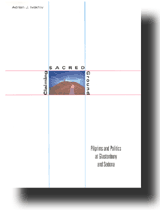 Read
the first chapter here.
Read
the first chapter here.
A few reviewer's comments:
“An important contribution to a field where theoretical and
epistemological polarization is threatening to disrupt the dialogue.”
–O.
A. Berkaak, University of Oslo, American
Ethnologist
“Adrian Ivakhiv has not only written a fascinating book about
Glastonbury and Sedona, but contributes (cogently, powerfully and
importantly) to debates about pilgrimage, politics, modernity,
post-modernity, globalisation, consumerism, materialism, spirituality,
diversity, particularism, sectarianism, and much more.”
– Graham
Harvey, Open University, The
Pomegranate
“The case studies of Glastonbury and Sedona are fascinating
reading. Further, Adrian Ivakhiv convinces us that what matters about
sacred sites is not what makes them sacred but how multiple actors, at
least one of which is non-human, struggle, negotiate, and ultimately
orchestrate what can and cannot happen there.”
--Jennifer Daryl
Slack, Michigan Technological University
“Ivakhiv packed his ‘sociology of religion’ template with him
on his journey and the results are fascinating. . . . Superb
analysis.”
–-Ferenc
M. Szasz, University of New Mexico, Choice
<>with Laura
Hobgood Oster, Jeffrey Kaplan, Bron
R. Taylor (Editor-in-Chief), and Michael York
(London: Thoemmes
Continuum, 2005).
Articles
<>- “Toward
a Geography of ‘Religion’: Mapping the Distribution of an Unstable
Signifier.” (or click
here for full text). Annals of the Association of
American Geographers 96 (1), 2006, pp. 169-175.
- “Orchestrating Sacred Space: Beyond the Social Construction
of Nature,” Ecotheology:
Journal of Religion, Nature, and the Environment 8 (1), 2003, pp.
11-29.
- “Seeing Red and Hearing Voices in Red Rock Country,” in Deterritorialisations:
Revisioning Landscapes and Politics, ed. Mark Dorrian and Gillian
Rose (London: Black Dog Publications, 2003).
- “Nature
and Self in New Age Pilgrimage,” Culture and Religion 4 (1),
2003, 93-118.
- “Nature
and Ethnicity in East European Paganism: An Environmental Ethics of the
Religious Right?” Pomegranate 7 (2),
2005, pp. 194-225.
- “In
Search of Deeper Identities: Neo-Paganism and Native Faith in
Contemporary Ukraine.” Nova Religio 8 (3), 2005, pp. 7-38. (First
Prize Winner of Thomas Robbins Award for Excellence in the Study of New
Religions, 2005)
- “Whose
‘Nature’? Reflections on the Transcendental Signified of an Emerging
Field.” The
Pomegranate 8 (1999), 14-20.
- “Red Rocks, ‘Vortexes,’ and the Selling of Sedona:
Environmental Politics in the New Age.” Social Compass: International
Review of Sociology of Religion 44 (3), 1997, pp. 67-84.
- My Encyclopedia
of Religion and Nature entry on “Earth
mysteries”
Nature/Culture
Theory
- “Religion, Nature, and Culture: Theorizing the
Field.” Forthcoming in Journal for the Study
of Religion, Nature, and Culture 1 (1).
- “Toward a
Multicultural Ecology,” Organization and
Environment 15 (4), 2002, 389-409.
- “Re-animations:
Instinct and Civility After the Ends of ‘Man’ and ‘Nature,’” in
From Virgin Land to Disney World: Nature and Its Discontents in the USA
of Yesterday and Today, ed. B. Herzogenrath, special edition of Critical Studies 15,
pp. 7-32 (Amsterdam/New York: Editions Rodopi, 2001).
- “Weathering
Global Futures: Ecology, Economy, and the Unruly Tropics of the ‘Global',” Topia: Canadian Journal of Cultural
Studies 4 (2000/01), 5-26.
Ecologies
of
Identity
Ecologies
of Identity: Culture, Nature, and Enchantment in the Spaces of the
Global
If
the
twenty-first century portends to be a time of environmental conflicts –
over
oil and other scarce resources, and over the potentially debilitating
effects
of global climate change – it is also one in which ethnic or identity
conflicts
loom equally large. Globalization intensifies the movement of people,
goods,
images and ideas: in its wake, cultural identities adapt by becoming
more
global and blurred, but also by a resistant assertion of differences. Ecologies
of Identity
will examine cultural change in the
face of the twin waves of globalization and environmental crisis. Just
as the
rise of the nation-state found national elites crafting links between
cultural
heritage and territory, so the fitful emergence of a nascently global
community
shows signs of new connections being forged between environment and
identity at
a range of scales, from the local to the global. This book will focus
on what
constitutes “nature” at such sites, and how it in turn constitutes
(individual
and collective) subjectivity: from Hollywood representations of
environmental
threats and scientific and media discourses of global weather events to
scholarly
theories of ‘cosmopolitan citizenship’ and ‘ecological identity,’ from
UNESCO
World Heritage sites to world music festivals, environmental ‘negative
heritage’
sites, and places of ‘Gaian pilgrimage.’
... at
the edge of Canada

... in Ukraine and
Eastern/Central Europe
Culture & Identity
at the Ukraine-EU Boundaries of the EU. . . Carpathians in
Transition. . .
With the
recent expansion of the European Union to encompass several former
Eastern Bloc
countries, Europe’s new ‘Schengen’ border now runs down the middle of
the
continent’s largest mountain chain, the Carpathian mountains. While the
stricter new border regulations are expected to present a setback for
economic
development of non-EU border regions, a series of transboundary
initiatives,
including the Carpathian Euroregion, the Carpathian Ecoregion
Initiative, and the
Carpathian Convention, have begun to focus on developing a broadly
‘ecoregional’ strategy for sustainable development. In the light of
these
seemingly contradictory developments and of the complex ethnic fabric
of the
region, this research project will examine the role of cultural and
regional
identity in affecting the possibilities for regional transboundary
cooperation
in the Carpathian basin. It will trace the development of cross-border
cooperation between the nations involved and the levels of local and
regional
participation in such cooperation, and will test the hypothesis
that environmental conservation can play an instrumental
role in transboundary and inter-ethnic peace-building. In the process,
it will
attempt to identify both obstacles and opportunities for further
development of a Carpathian regional sustainable development strategy.
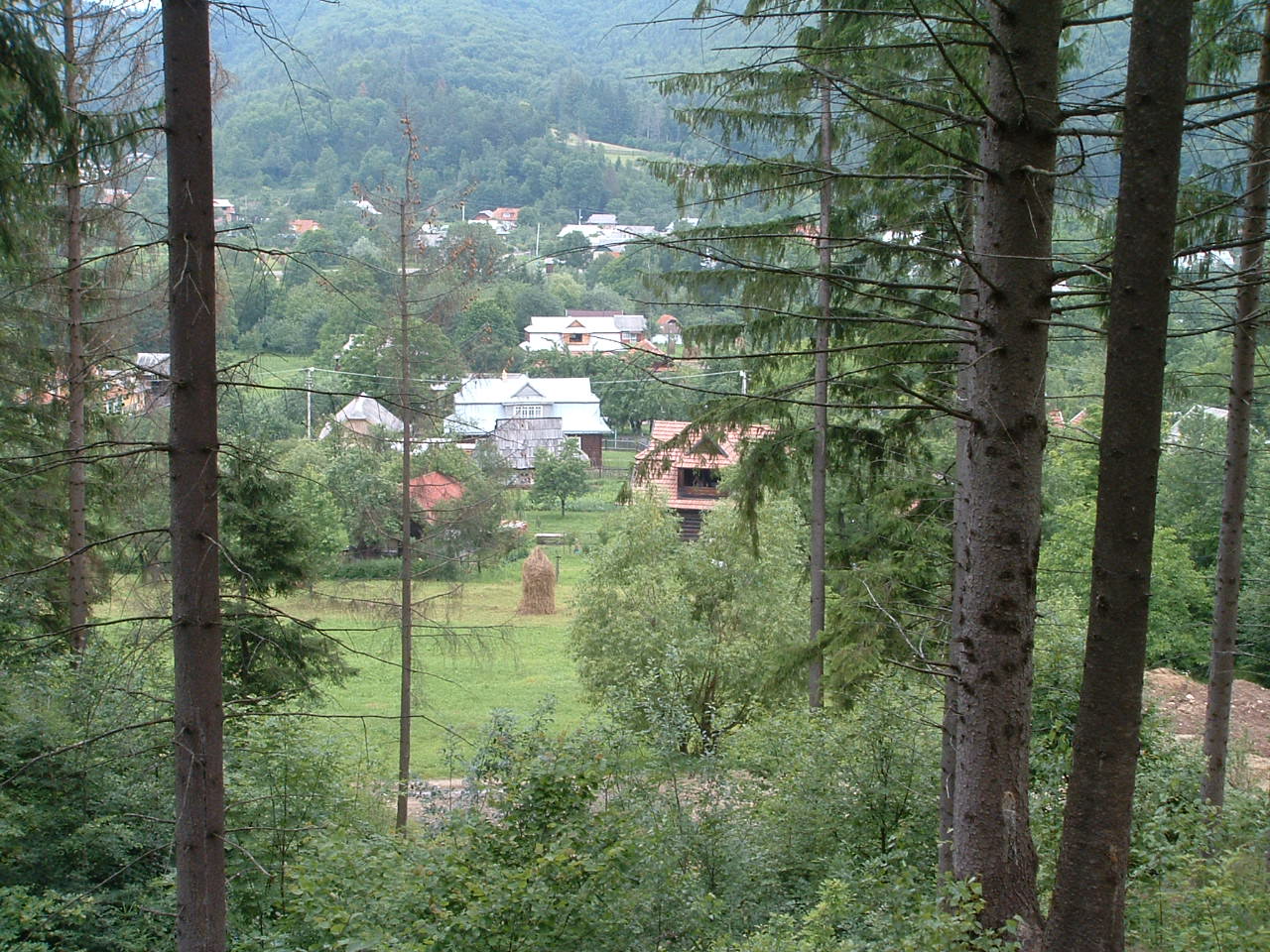
Romancing
the Steppes: Nature, Nation, and ‘Deep Identity’ in Post-Soviet Ukraine
This study focuses
on the uses
of and contestations over prehistory, especially over archaeological
materials
and imagined reconstructions of the ancient cultures of Ukraine
(Slavic,
proto-Slavic, Scythian, Trypillian, Indo-European/Indo-Aryan), by the
“native
faith” movement and related “traditionalist” developments in
literature, the
arts, and the educational system. Promoting a “native” Ukrainian
identity as a
form of resistance to cultural globalization, Westernization, and/or
Russian
cultural domination, these movements can be viewed as forms of
postcolonial
liberation, far-right nationalism, or as parts of a broader East
European and
Eurasian trend toward ethnically defined “cultural ecology.” This
research
stems from previous work I have done on Ukrainian environmentalism and
nationalism, and is part of a longer-term project on landscape and
heritage in
Ukraine.
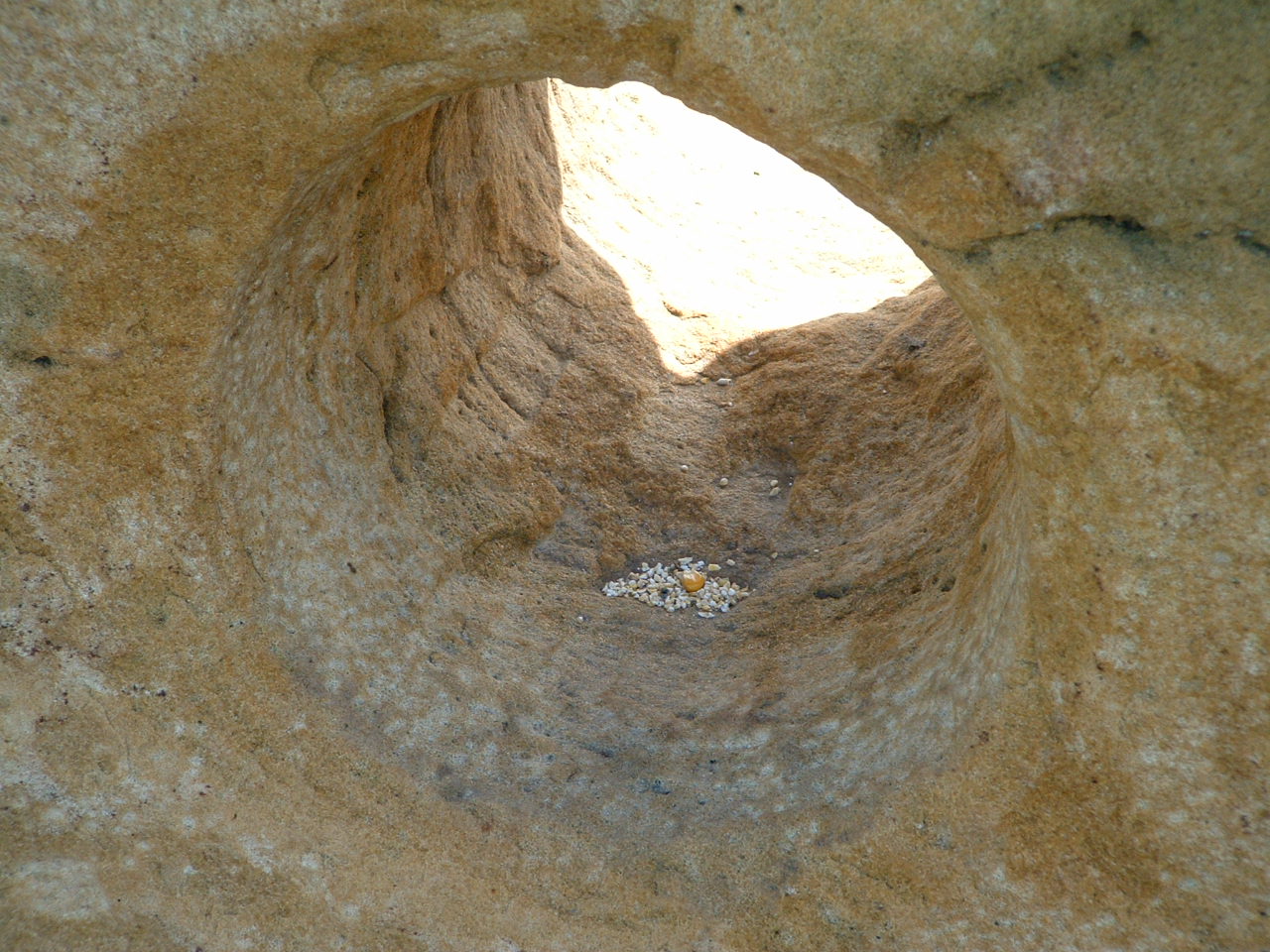
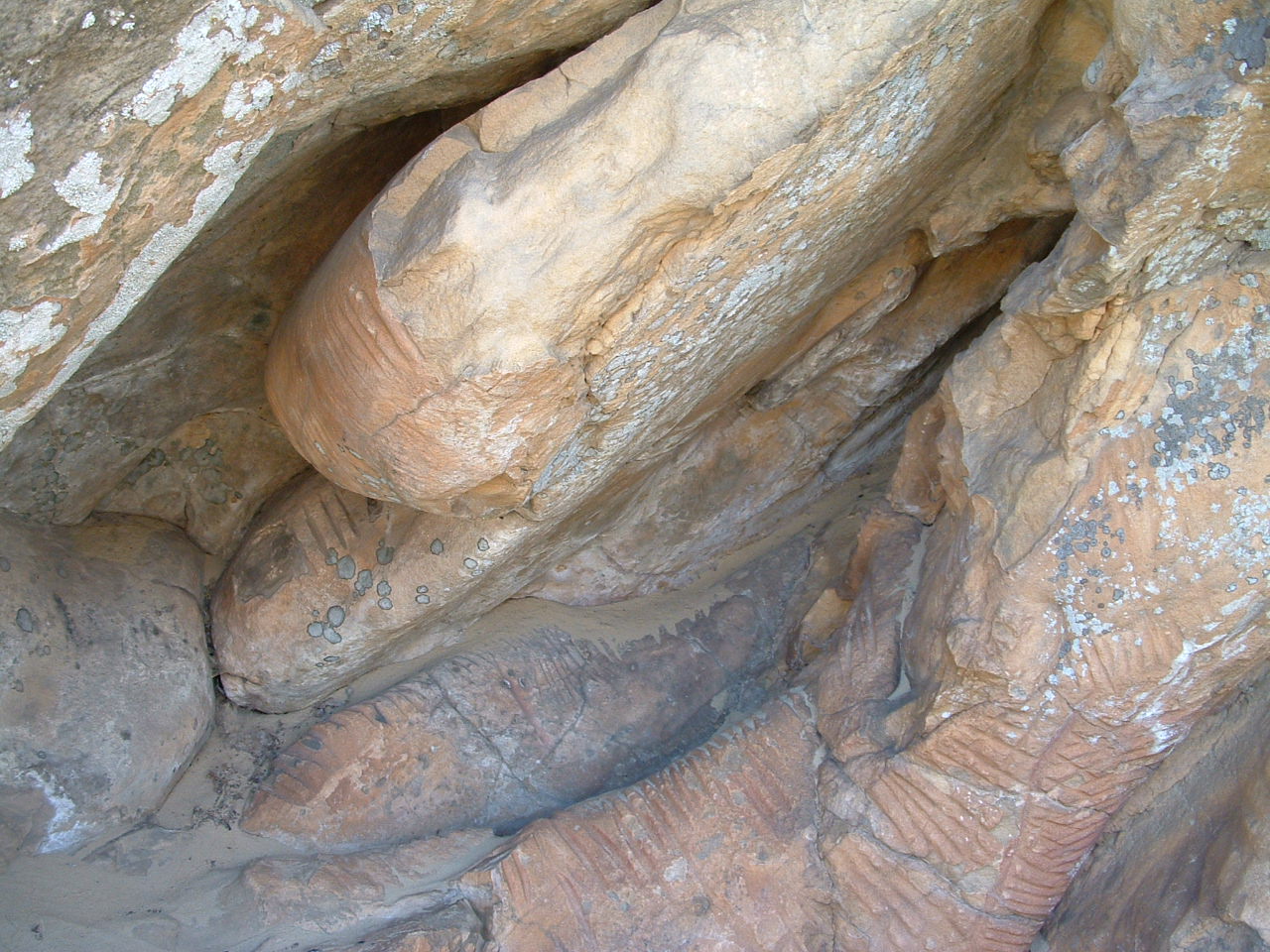
Ecocriticism
& Visual Culture
Over
the past
decade or so, ‘ecocriticism’ has established itself reasonably well
within
literary scholarship. But it has yet to do so in the other arts. What
would a ‘green’
film and visual scholarship look like? It may ask questions of the
relationship
between visual representation and social and ecological reality (such
as Mitman’s
and Bouse’s studies of wildlife documentary); it may seek to delineate
‘positive’
versus ‘negative’ images of nature, of environmental activism, and of
human-environment relations (see Ingram’s Green Screen); or it
may probe
both the limitations and potentials offered by film and visual media –
including the potential to expand awareness, empathy, and understanding
across
species and across socio-ecological cultural differences (see
MacDonald’s Garden
in the Machine, Burt’s Animals in Film, and recent work on
ethnographic cinema, ‘cultures of vision,’ etc.). The challenge is to
put these
together…
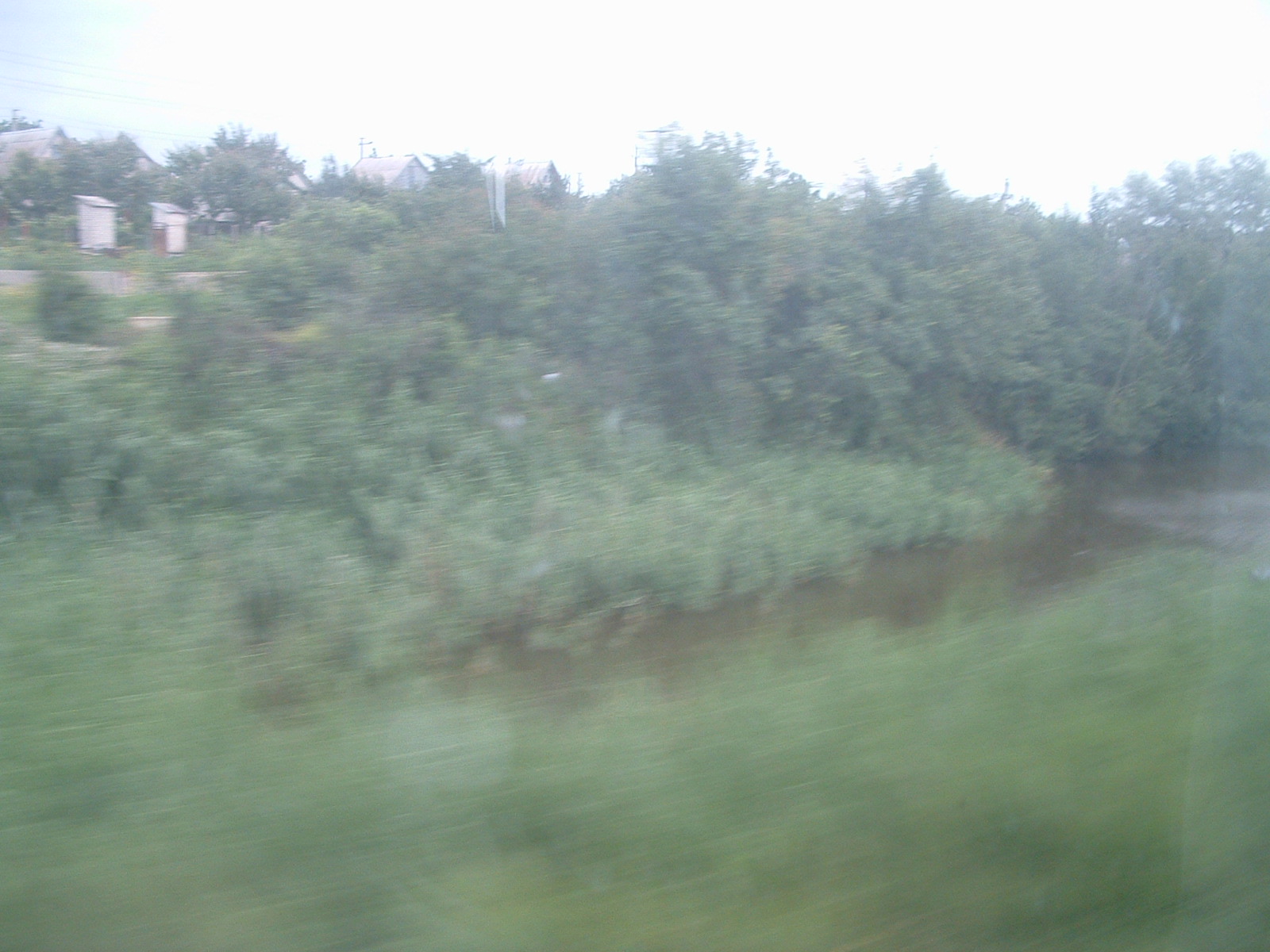
Miscellany
- “De/composing (in) the Postmodern Soundscape: Ruminations on
Music-making between Global Capital and Ecotopia,” Musicworks 64
(1996), 26-31.
A multicultural
ecological theory aims to hold in productive tension the realist
assertions
of ecology with the constructivist underpinnings of contemporary
cultural
theory. See “Toward a Multicultural Ecology,” Organization and
Environment
15 (4), 2002, 389-409. Go
back up.
Cosmopolitan
bioregionalism: On cosmopolitanism,
I’ve been influenced by the work of
Ulrich Beck and other sociologists who examine some of the more
positive sides
of cultural globalization, postmodernization, and
‘cosmopolitanization.’ On
bioregionalism, click here
for something I wrote years ago on bioregionalism and ritual when I
lived in
the Oak Ridges Bioregion in Toronto. The combination of the two terms
was first
articulated (to my knowledge) by bioregionalist Mitch Thomashow. Go
back up.






